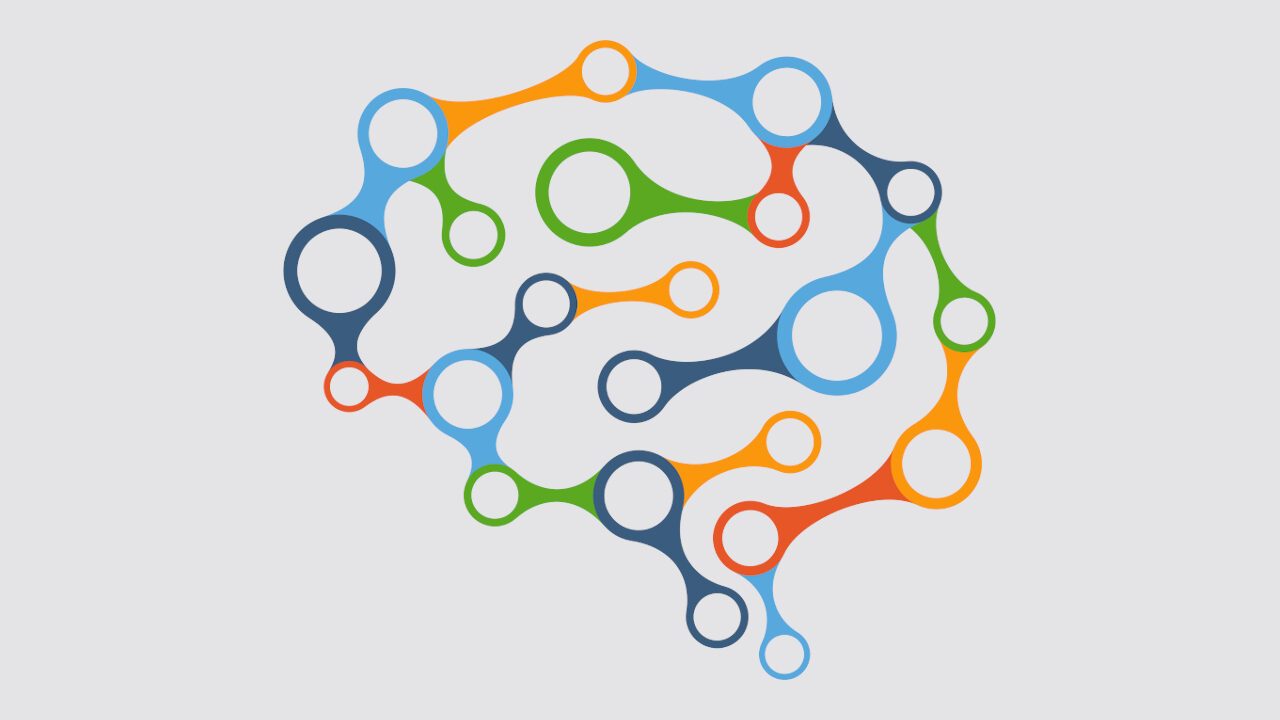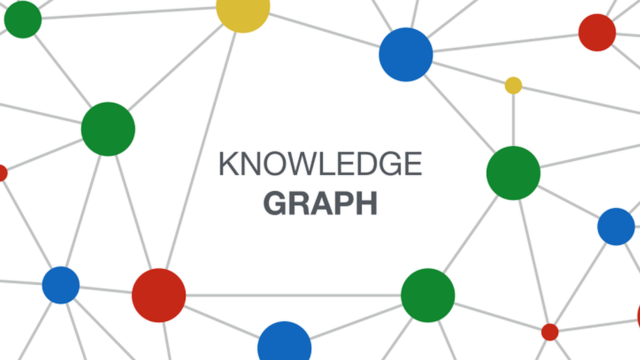
Why complex problems need abductive reasoning
By Mariana Zafeirakopoulos. Originally published on the Integration and Implementation Insights blog.
How does the way we approach complex problems differ from how we approach problems that are familiar or obvious?
In this i2Insights contribution, I explore four kinds of reasoning:
- Deduction
- Induction
- Abduction
- Design abduction.
Design abduction is the brain-child of Professor Kees Dorst (2015). In simplified terms, these different kinds of reasoning can be compared as follows (Watson and Dorst, 2022, p. 3; taken from Dorst, 2015, pp. 46-49):
Deduction – solid reasoning from cause to effect…
WHAT + HOW leads to ???Induction – discovering patterns…
WHAT + ??? leads to OUTCOMENormal abduction – solid problem solving based on experience
??? + HOW leads to OUTCOMEDesign abduction – two unknowns lead to a process of creative exploration
??? + ??? leads to OUTCOME
For familiar or obvious problems, we apply best practice – tested approaches that have been proven to work in similar problem situations. Deductive and inductive reasoning respectively deal with known facts and established definitions, or patterns that emerge over time.
Deductive reasoning applies to cause and effect, often in the form of ‘if’ and ‘then’ statements. As in ‘if’ something is true ‘then’ something else must follow or be true. For example, if a sports team beats their competitor, then they will move to the next round of the competition.
Inductive reasoning is different from deduction in that it combines observations with information to reach a conclusion. It involves generating conclusions from the specific to the general. For example, I observe a baby speak its first words at 12 months, I see other babies do this at around the same age and conclude that all babies speak their first words by the time they are 12 months old.
For complex problems, we cannot rely on best or good practice. Trial and error does not work for complex problems because the nature of the problems is different. Complex problems are open, networked and dynamic.
They are open in that they are often boundaryless, or the boundaries we draw change the nature of the problem. They are networked in that they are connected to other problems or systems, whereby a change in one area affects another system. They are dynamic in that they are often changing or mutating in incremental or often imperceivable ways until the change can be recognised.
Complex problems are the realm of emergent practice. Often, the problem – or how we could have responded – only makes sense in hindsight. Working with these emergent, unknown and unknowable spaces means that we draw from other ways of knowing that are not embedded in facts. When working with emergent practices, we often draw from intuition and lived experience but also harness creativity and make mental leaps to explore possibilities, ideas and the unreal. These tools are a legitimate form of rationality called abductive reasoning.
Abductive reasoning was originally defined by the Pragmatist philosopher, Charles Sanders Peirce (pronounced Purse) as the logic or method to scientific discovery. Peirce realised that induction and deduction were not the forms of reasoning that helped scientists discover new things, or to create theories or hypotheses. Rather, induction and deduction were forms of reasoning that supported abduction.
The definition of abductive reasoning has evolved since Peirce’s original conceptualisation. One example of how abduction has evolved for complex contexts is Dorst’s work on ‘design abduction’. Design abduction is a process of creative exploration that involves establishing the outcome of a problem first, and then coevolving the ‘how’ we get to that destination with ‘what’ we need to get there.
For example, we might like to reimagine the relationship between police and community in ways that are less punitive or oppositional in favour of more inclusive and rewarding ways of promoting care, safety and security. To achieve this desirable outcome, we might need changes in policy or legislation, and dialogue sessions with community and policing as equal stakeholders to imagine a different relationship. The ‘what’ and ‘how’ work together forming probes into the problem space. These observed actions might lead to exploring new and different means and to achieve the desired outcome.
Others have explored the evolving nature of abduction in terms such as:
- the logic of what might be (Kolko 2010),
- the argument to the best explanation (Martin in Kolko 2010),
- creative leap (Veen 2021).
What design abduction and these other definitions have in common for working on complex problems, includes:
- Practicing sensemaking. This is a motivated and continued effort to understand connections. Sensemaking is the opposite of reductionism (which is used in analysis of obvious problems).
- Legitimising constructivism. Constructivism, in contrast to positivism, legitimises human and personal experiences as ways of creating knowledge and meaning through human interactions.
- Engaging with creative problem solving. This is a legitimate form of rationality needed alongside other forms of reasoning. Creative problem solving helps co-evolve our understanding of complex problems and interventions to those problems through processes of inquiry.
- Adopting knowledge co-production. This is an inclusive way for researchers to bring in diverse stakeholder voices to reflect on the outcomes they want from the problems they face as a collective.
- Shaping Futures. Abductive reasoning can help us form futures, not just inform them. Forming futures needs new ways of framing problems and new frames for seeing possibility, unlocking us from how we currently see, experience and engage with problems.
Abductive reasoning is needed in addressing complex problems because operating in the realm of the unknown, unknowable or unimaginable requires more than fact, definition and pattern-recognition. Although these are critical functions of reasoning, it is also important to acknowledge human experience, creative exploration and intuition as appropriate forms of rationality for dealing with complex problems.
Do these features of abductive reasoning in complex contexts resonate for you? Are there other features that you think should be included? How does the idea of considering human experience and intuition as a rationality feel for you? I would love to read your thoughts.
References:
Dorst, K. (2015). Frame Innovation; Create New Thinking By Design. MIT Press: Cambridge, Massachusetts, United States of America.
Kolko, J. (2010). Abductive Thinking and Sensemaking: The Drivers of Design Synthesis. MIT Design Issues, 26, 1.
Veen, M. (2021). Creative Leaps in Theory: The Might of Abduction. Advances in Health Sciences Education, 26: 1173-1183.
Watson, R. and Dorst, K. (2022). Pragmatism, Design and Public Sector Innovation: Reflections on Action. In, Lockton, D., Lenzi, S., Hekkert, P., Oak, A., Sádaba, J., Lloyd, P. (eds.), Design Research Society Conference, DRS2022, 25 June – 3 July: Bilbao, Spain. (Online – open access): https://doi.org/10.21606/drs.2022.778
Biography:
 |
Mariana Zafeirakopoulos MA is a PhD Candidate at the TD (Transdisciplinarity) School, University of Technology Sydney (UTS), Australia, where she is researching the role of design in enabling knowledge coproduction (specifically, knowledge integration) to create preferred futures in national security contexts. She is affiliated with the University of Sydney, Australia, as an Academic Coordinator in Design; Charles Sturt University, Australia, as an Adjunct Lecturer on their Strategic Intelligence program; and as a casual academic with the TD School at UTS. |
Article source: Why complex problems need abductive reasoning. Republished by permission.
Header image source: Diego Dotta on Open Clipart, Public Domain.




Nice job, Mariana, a great refresher. Charles Sanders Peirce (1839-1914) is a perfect example of the kind of people who influence later generations. The only caveat I might mention is that rational thinking is highly imaginative, purposeful, and inventive. It is abductive. Its counter part, logic, which requires self-consistency and for that reason (as with technology), it always seeks the self-consistent answers. This is core to the problem of why AI has such a high failure rate when it comes to Chatbots (invented in the 1960’s). Those technologies simply do not work the way people rationally think. New Knowledge Management and NLU Conversational AI systems are emerging that are, or have, changed the logic-based paradigm. Thanks for the offering.